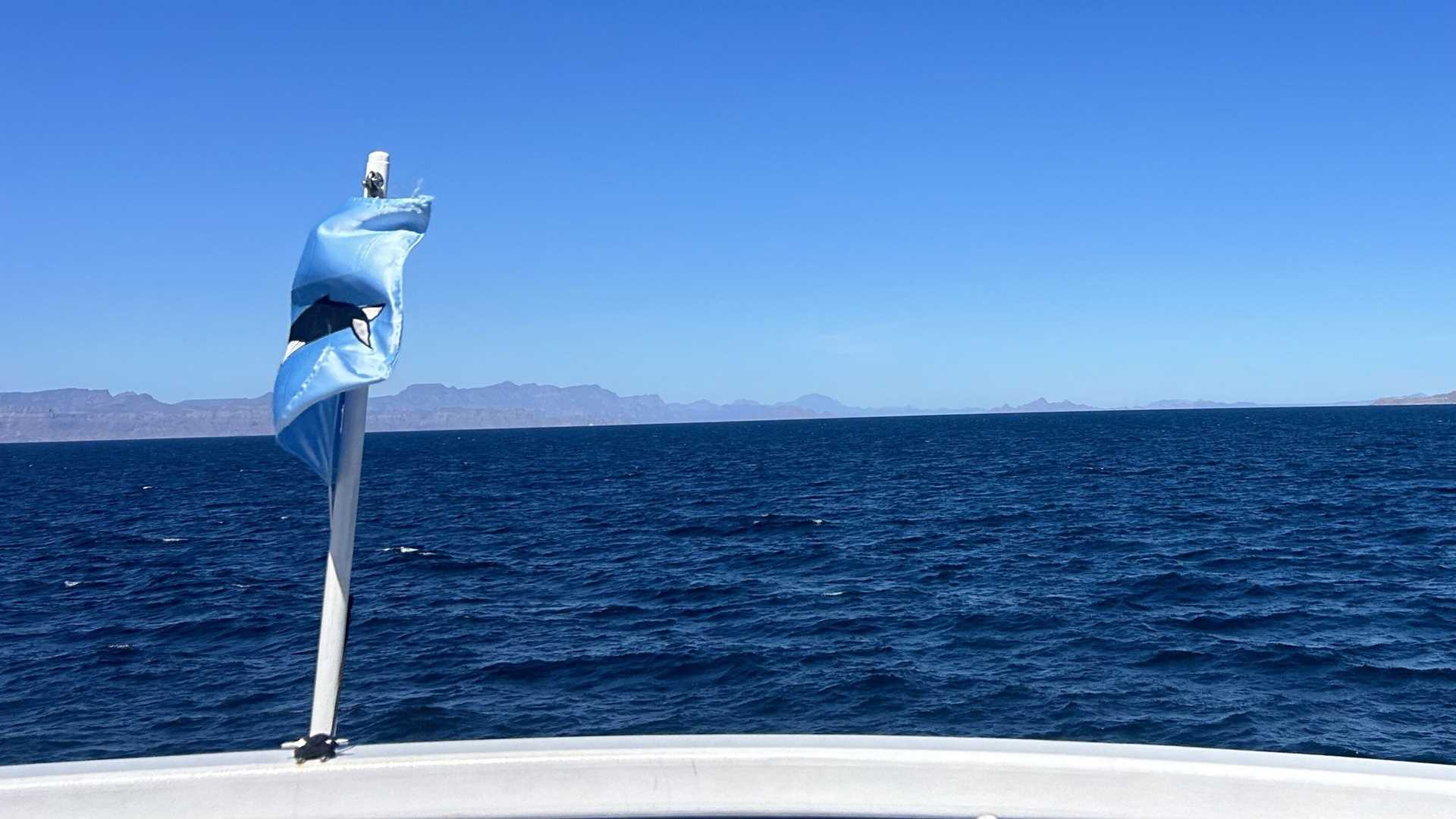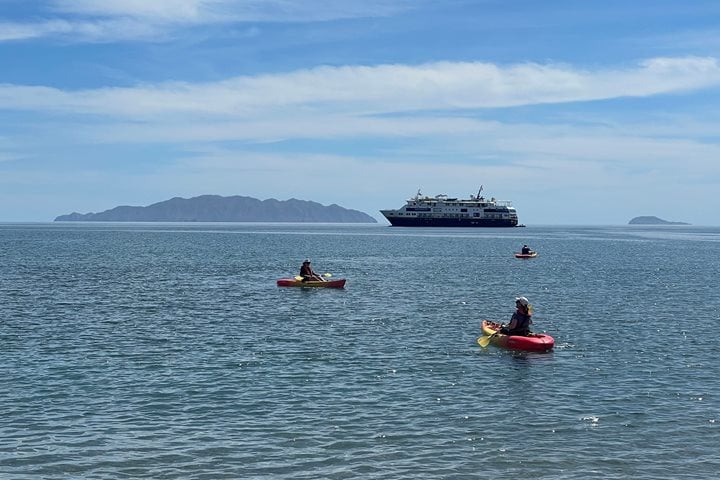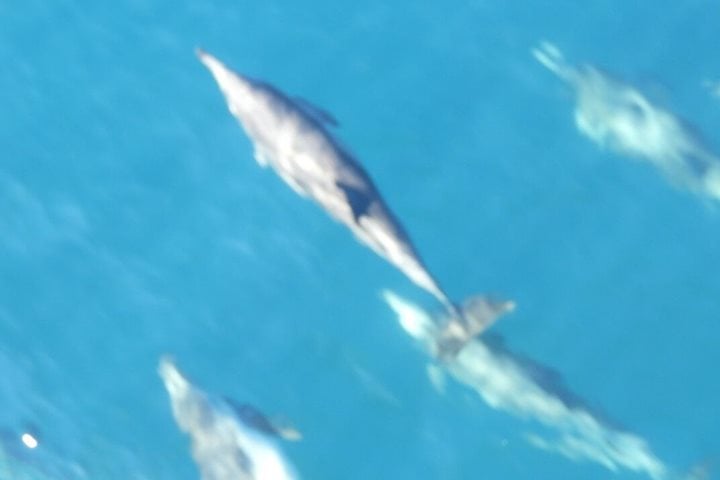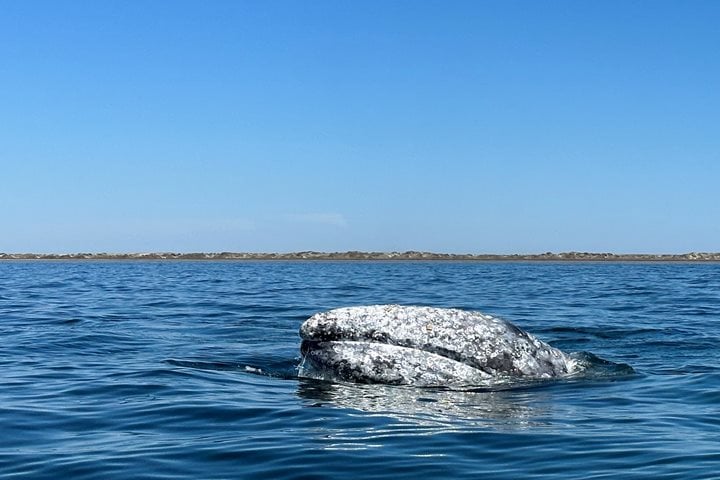After starting our day with an incredible sunrise, we were treated to a sighting of the largest animal on the planet: the mighty blue whale. And there was not only one, but a total of nine blue whales. After spending all morning with them, as well as with some humpback whales, we went ashore on Isla Carmen for tide-pooling and kayaking. Some guests opted to go for a Zodiac cruise where they spotted some bottlenose dolphins.
Call +1.800.397.3348 or contact your travel advisor







